
Nothing is more painful to a Broadway producer than opening and closing a show on the same night. Everyone involved attends an opening night party, hoping for a hit. But those times when the reviews come in and are mostly negative, parties clear out as if a stink bomb was detonated — which is pretty much the case. Here are a few stories about those auspicious occasions in today's "Theatre Yesterday and Today."
Back in the days of my early theatregoing youth, it wasn’t uncommon for a Broadway show to open and close on its opening night. When faced with terrible reviews and little advance sale, old school producers knew enough to throw in the towel and call it a day (or a night). This happens far less frequently nowadays. In fact, over the last twenty years, you can count on one hand the shows that lasted but one night. However, in the first four years of the early 1970s, when I was handing over my hard-earned paper route money to fund my theatregoing habit, there were an astounding seventeen shows that closed in one night (eight of which I managed to see during previews).
With the astronomical cost of producing shows today, why don't more shows close after one performance, when it would appear after disastrous reviews that there was no chance at all of being successful? Why not cut the losses immediately, stop paying cast and crew and advertising, admit defeat and walk away? As strange as it may seem, it’s the very nature of what it all cost that makes modern day producers dig in their heels and press onward. There’s simply too much at stake to give in to failure. To use the analogy of betting, it’s hard to leave big money on the table in a poker game. You play the hand you’re dealt. Folding isn’t an option. You attempt to bluff your way through, hoping that some isolated quote in an ad that says your show is “stupendous” (even when that critic was referring to the costumes) is enough to trick some people into buying a ticket. Also, if the show can manage to hang on for a couple of weeks, producers then put together a cheaper (sometimes non-union) tour and boast (with a slight degree of falsehood) that their show comes “direct from Broadway!” That’s harder to do with something that closes in a single night, especially due to the notoriety that becomes attached to those that have fallen in this way.
Take for example two in this rarefied category: one a musical and one a play, both of which closed after one performance back in the 1970s.
The first was a musical loosely based on Homer’s The Odyssey starring Yul Brynner as Odysseus, in what would turn out to be his only return to Broadway in a role other than the King of Siam, which he had first created in 1951 and didn’t stop performing until his death in 1985. Home Sweet Homer (as it was not-so-cleverly titled) turned out to be a far cry from what audiences in 1976 were clamoring for.

Two members of the team responsible for the smash hit Man of La Mancha, director Albert Marre and composer Mitch Leigh, brought us this post-New Year’s treat. La Mancha won five Tony Awards back in 1965 and ran for close to six years. But Marre and Leigh, either together or separately, kept swinging for the fences the rest of their careers without ever coming close to the success they achieved with their most famous collaboration. Leigh wrote the scores to bombs like Chu Chem (subtitled “the First Chinese-Jewish Musical”) and Saravá, which ran indefinitely during its Broadway previews in the hope it would never have to open and therefore allow critics to trash it (it eventually did … and they did). Marre directed the musical Cry For Us All (it ran a week); the aforementioned Chu Chem (it ran six weeks) and a play called A Meeting By the River, which was a one-performance wonder that opened at the Palace, the same theatre as Home Sweet Homer. Sigh.
Home Sweet Homer toured the country for a year, doing good business due to Yul Brynner’s star status, in spite of pretty poor reviews for most of the journey. It had to have been an odyssey all its own and it’s a shame no cast member published a diary when it was all over. In addition to Brynner, a well-known male diva, he was matched bit by petty bit in the histrionics of Joan Diener, not only his co-star, but the director Albert Marre’s wife. One famous story, told in Ken Mandelbaum’s essential book, Not Since Carrie: 40 Years of Broadway Musical Flops, had to do with Diener’s name being left off the marquee of the Colonial Theatre in Boston, in defiance of what her contract called for. “She insisted that the marquee be shrouded in black,” Mandelbaum wrote, “causing some theatregoers to believe that Brynner had died.”
No one really wanted to bring the show to New York, except Brynner, who threatened to walk away from it during its last engagement in California if he didn’t have his way. So in a futile gesture, it arrived at the Palace, played a few previews and scheduled it’s opening night in the daytime. It played one single matinee on January 4th and never saw the light of day again. Though it grossed $4 million during its year-long odyssey on the road, it wound up losing $1 million. You wonder if Max Bialistock was the producer.

Three years later, back-to-back plays at the Palace opened and closed in one night: A Meeting By the River (March 28, 1979) and Break a Leg (April 29, 1979). But those were minor flops compared to what opened and closed in a single night (again at the Palace) two years later on January 4, 1981. It was an adaptation of Mary Shelley’s famed novel Frankenstein that boasted an elaborate production that, at the time, was the largest budgeted straight play of all time. Injury to insult when you fold after one performance.

The novice playwright was an actor, Victor Gialanella, who later went on to become a successful soap opera writer for many years. The director was Tom Moore, the man responsible for the musical Grease, which then was enjoying its brief time statistically as the longest running Broadway show. The cast for Frankenstein was filled with terrific actors. David Dukes was Dr. Frankenstein, and he was supported by future two-time Academy Award winner Diane Wiest, future Tony Award winner John Glover, and Hollywood veteran John Carradine as the blind hermit. “The Creature” was played by Keith Jochim, an actor with extensive regional theatre credits making his Broadway debut. Good luck followed bad for Jochim when, after Frankenstein flopped, he was immediately cast in a play called Heartland. Sadly, it closed in three weeks, though it did feature the debut of a young Los Angeles actor named Sean Penn, who got excellent notices.
The reviews for Frankenstein panned the play but all singled out Douglas W. Schmidt's scenic design for the laboratory. And a moment of praise for David Dukes as Dr. Frankenstein. This first-rate actor, who died way too young at fifty-five of a heart attack, was hired to take over the lead role from William Converse-Roberts while the play was in previews (tough under any circumstances). In an interview with the New York Times, Dukes said that he was ‘’panic-struck’’ when, after just five days of rehearsals he confronted the audience for the first time in a preview of the play. “I kept my hands in my pockets and tried to prevent my knees from shaking,’’ he said. But he summed up the experience as “wonderful, rollicking fun.”

In truth, “wonderful, rollicking fun” is probably not what most people would say about shows that came and went in one performance. At the time, it has to be devastating. But time heals all wounds as one of my favorite stories proves. It comes by way of the critic and theatre historian Peter Filichia, who once, while interviewing the legendary Bernadette Peters, asked her how she felt when the play Johnny No-Trump, which marked her first time on Broadway in a featured role and not one as a member of the chorus, resulted in a one-night closing.
She looked at him with a puzzled expression and asked, “It did?”
If you enjoy these columns, check out Up in the Cheap Seats: A Historical Memoir of Broadway, available at Amazon.com in hardcover, softcover and e-book. Also sign up to follow me here, and feel free to email me with comments or questions at Ron@ronfassler.org.

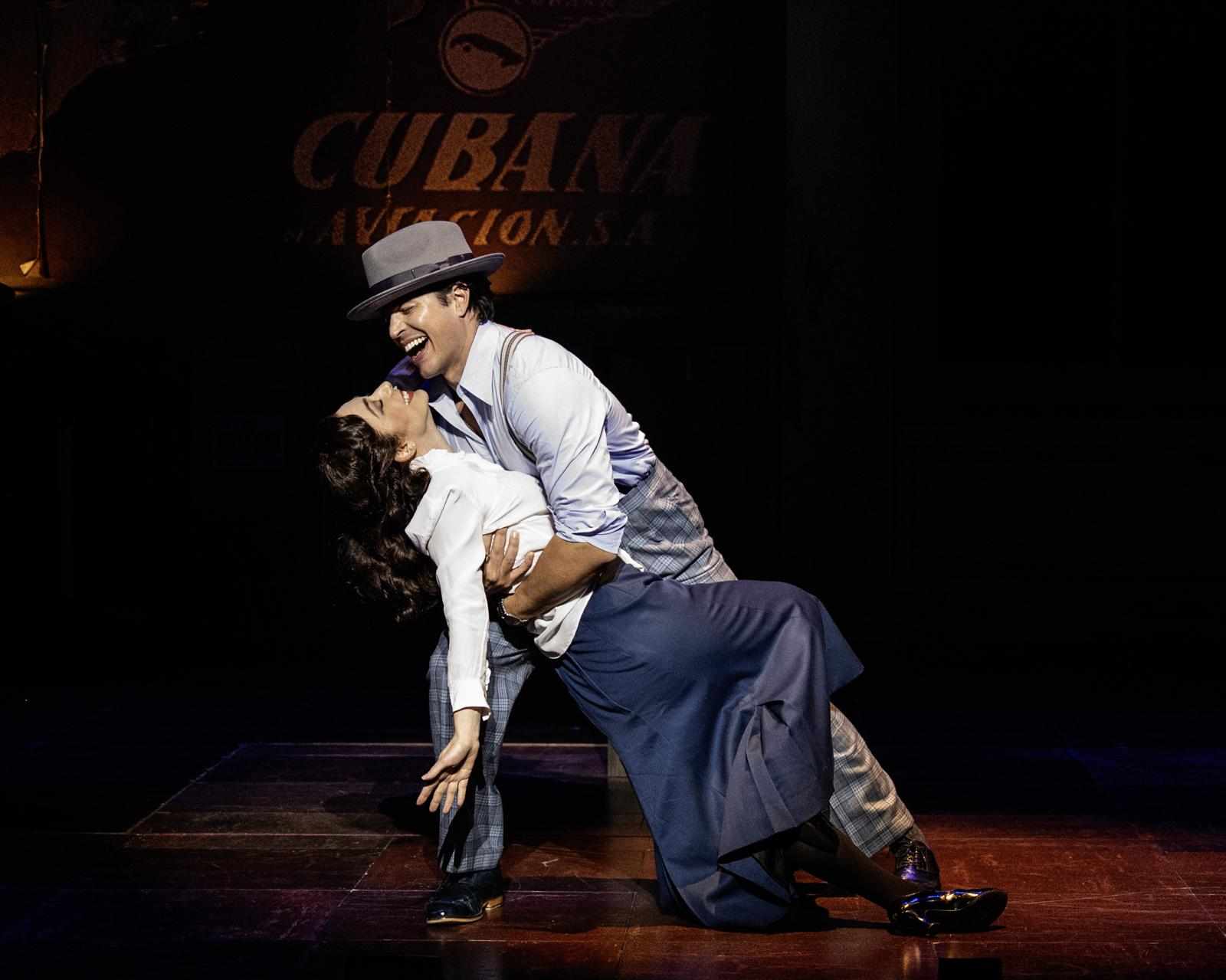
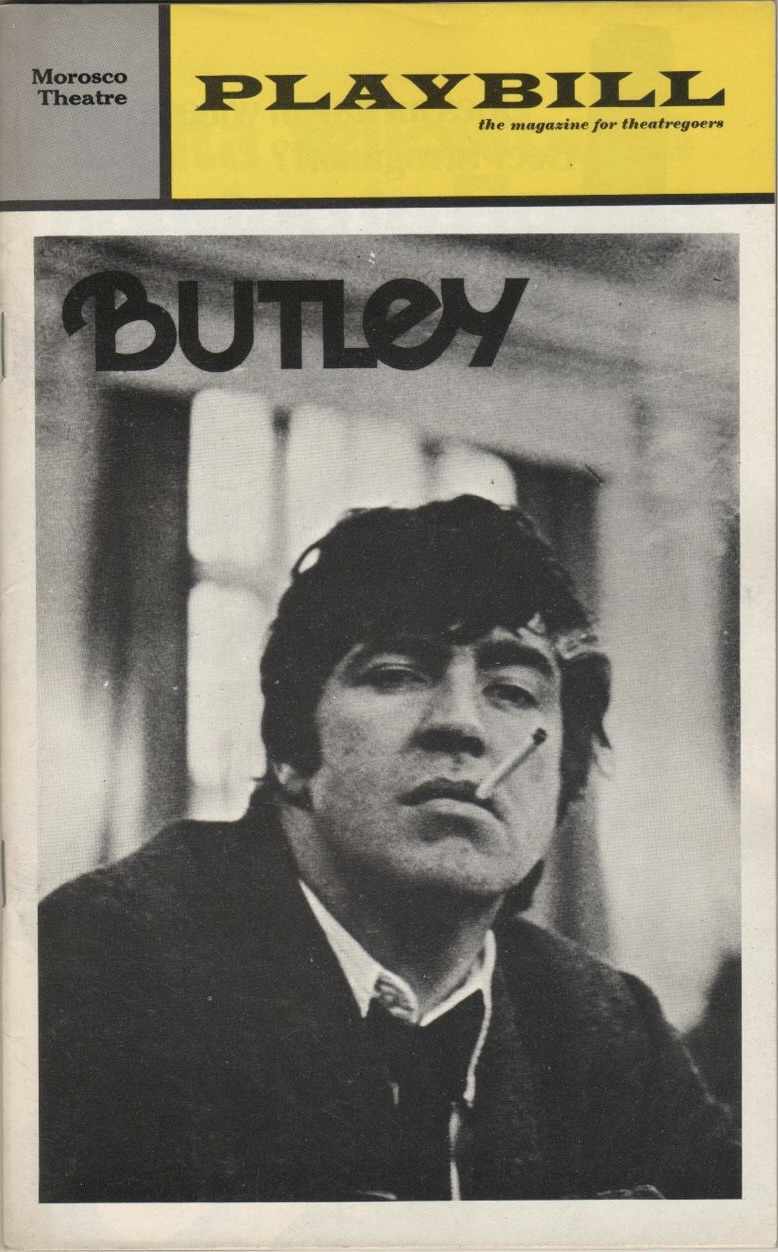
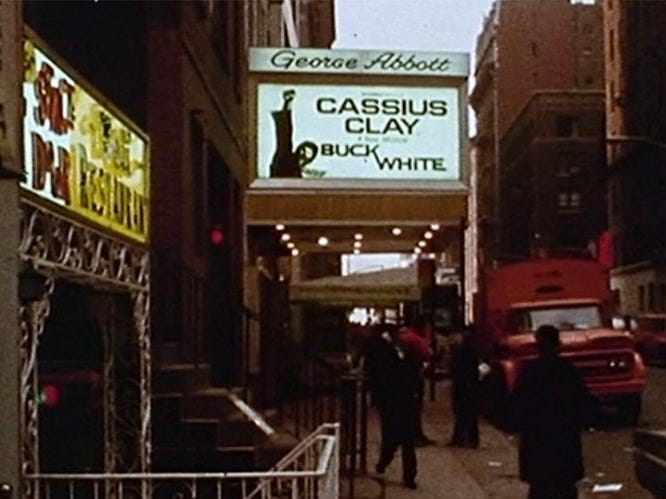

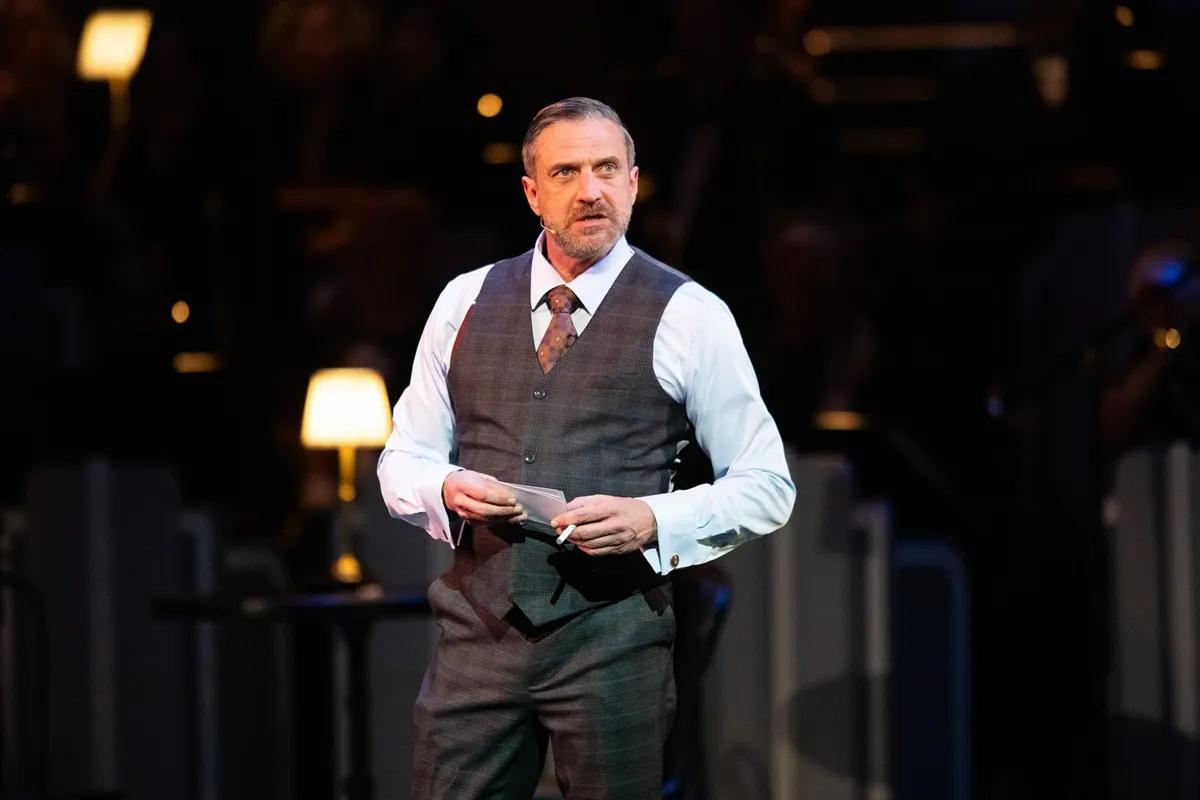

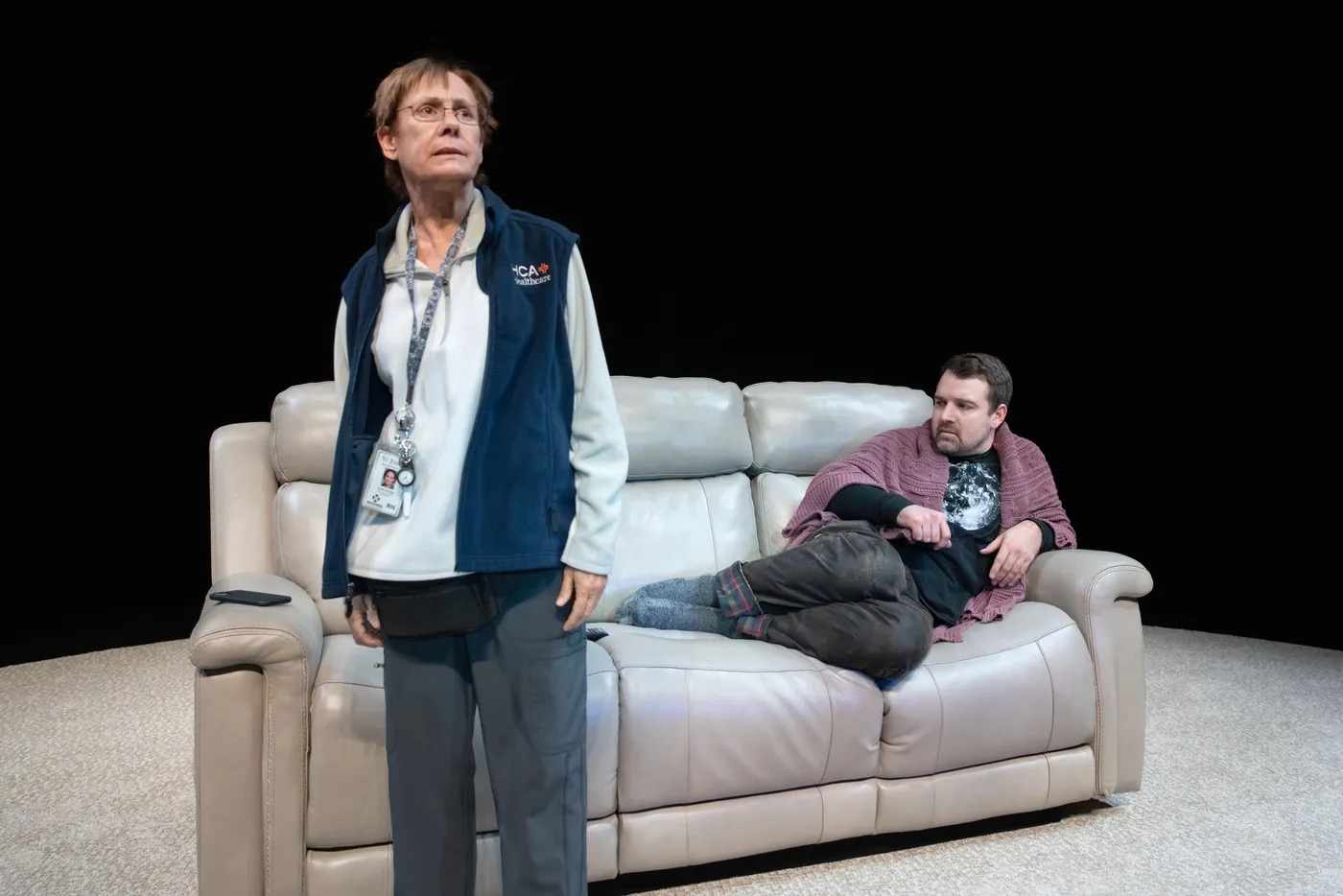


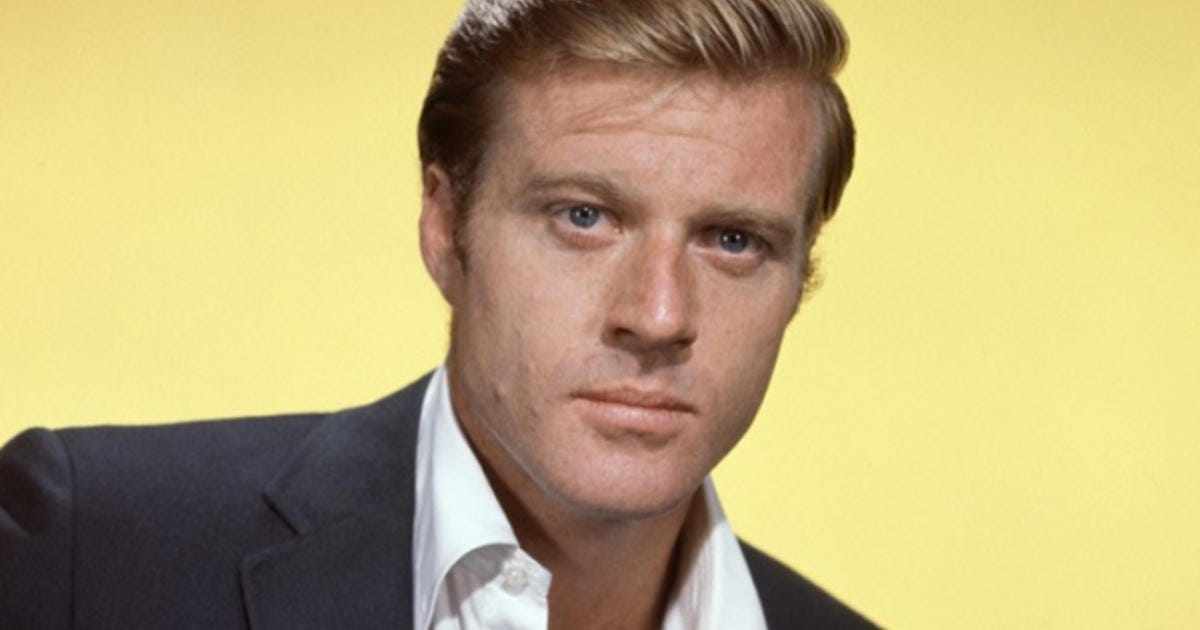
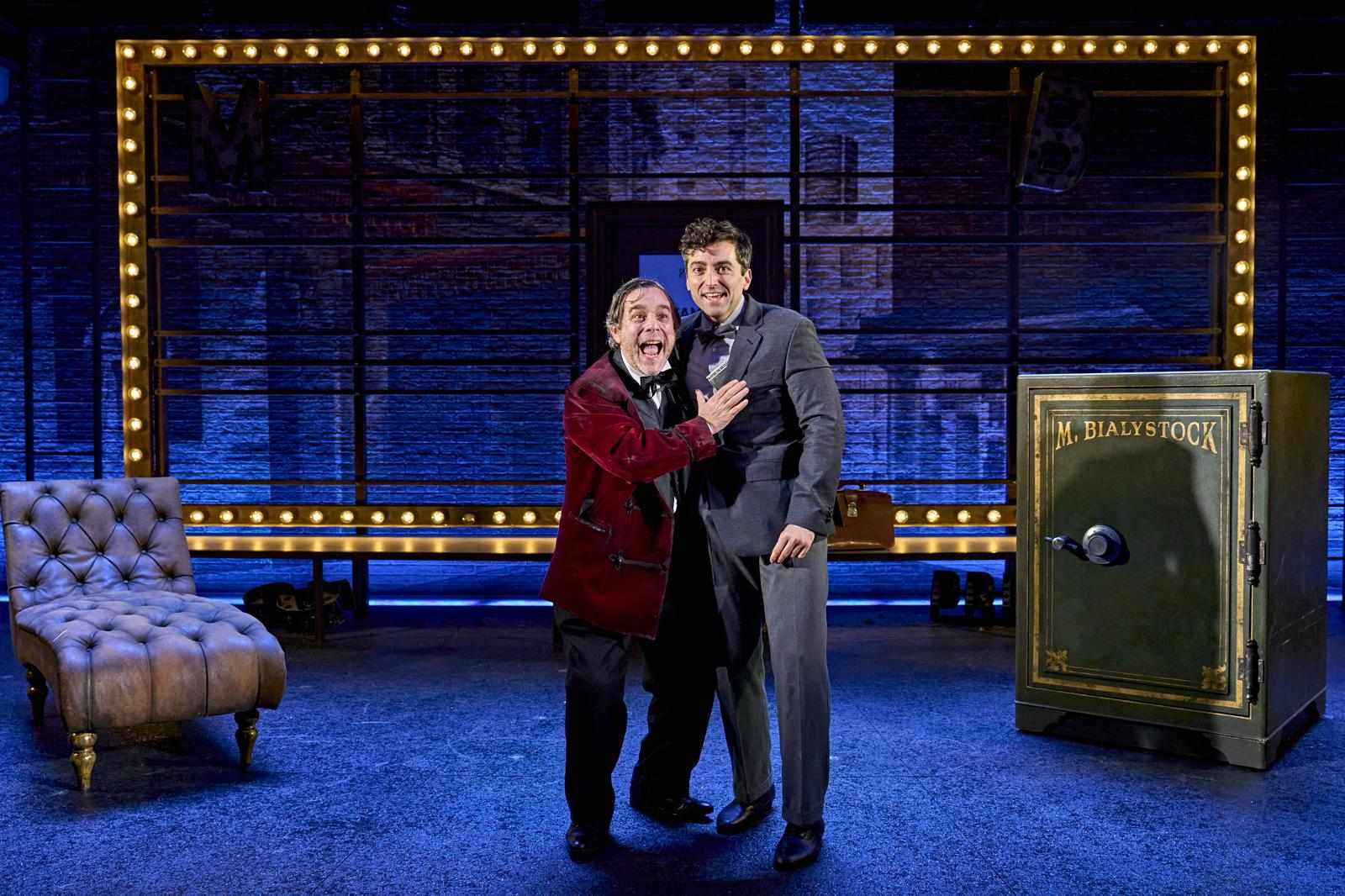
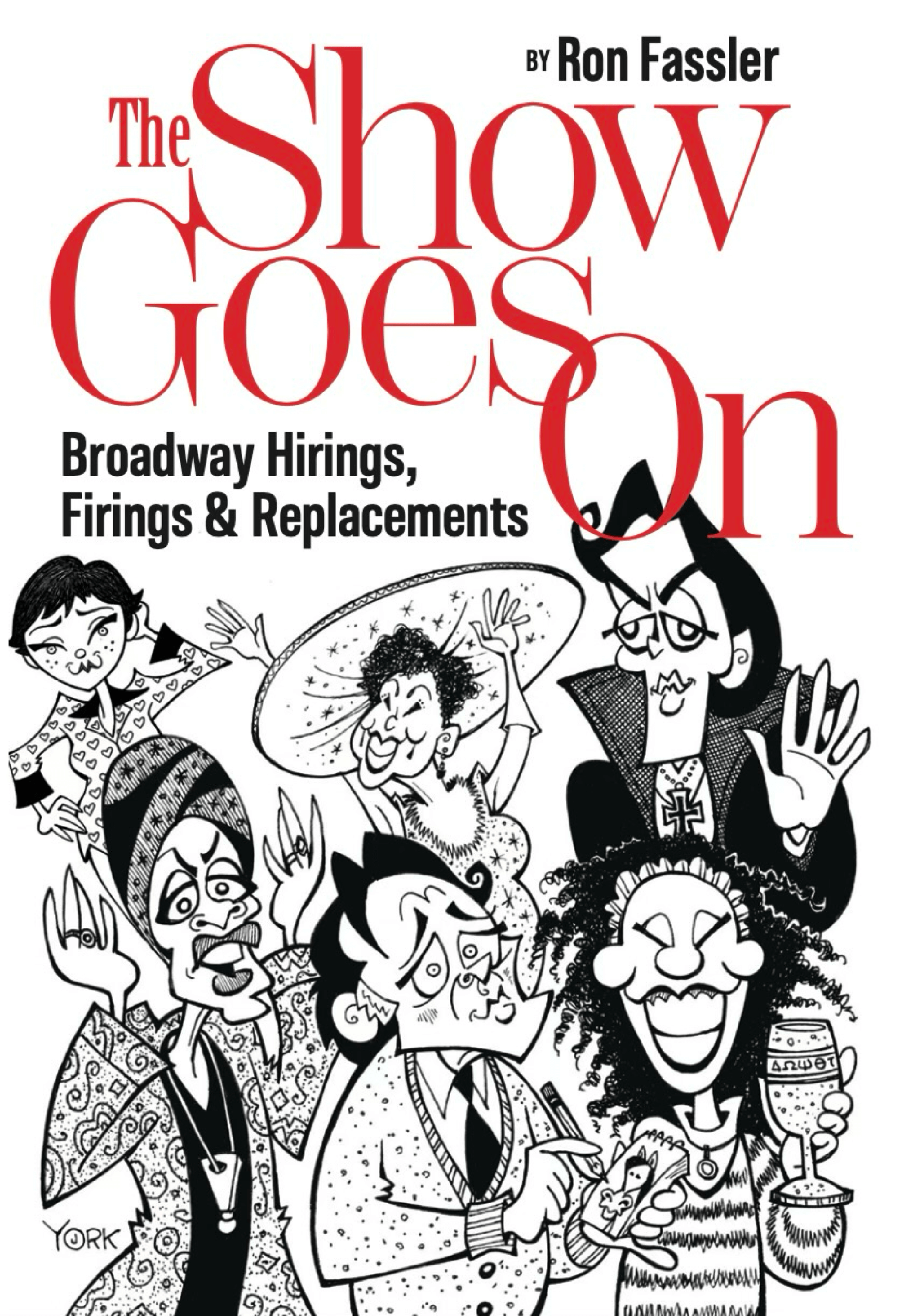

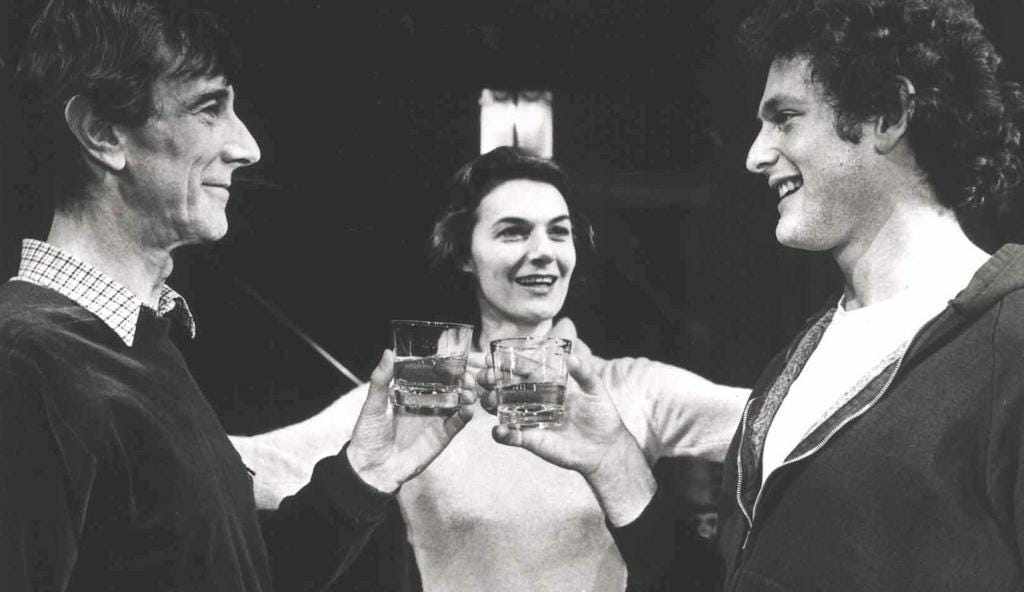





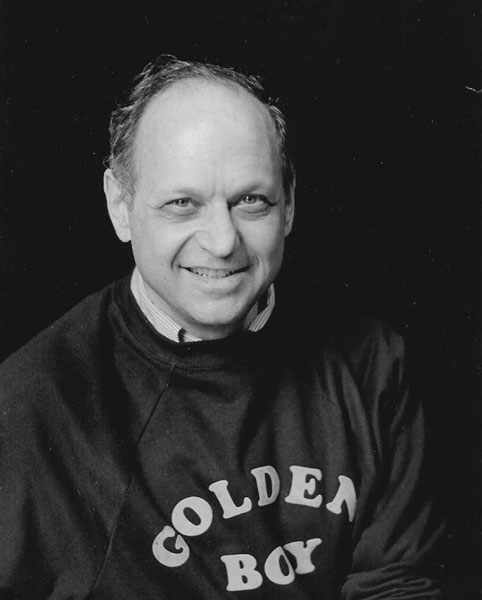
Write a comment ...